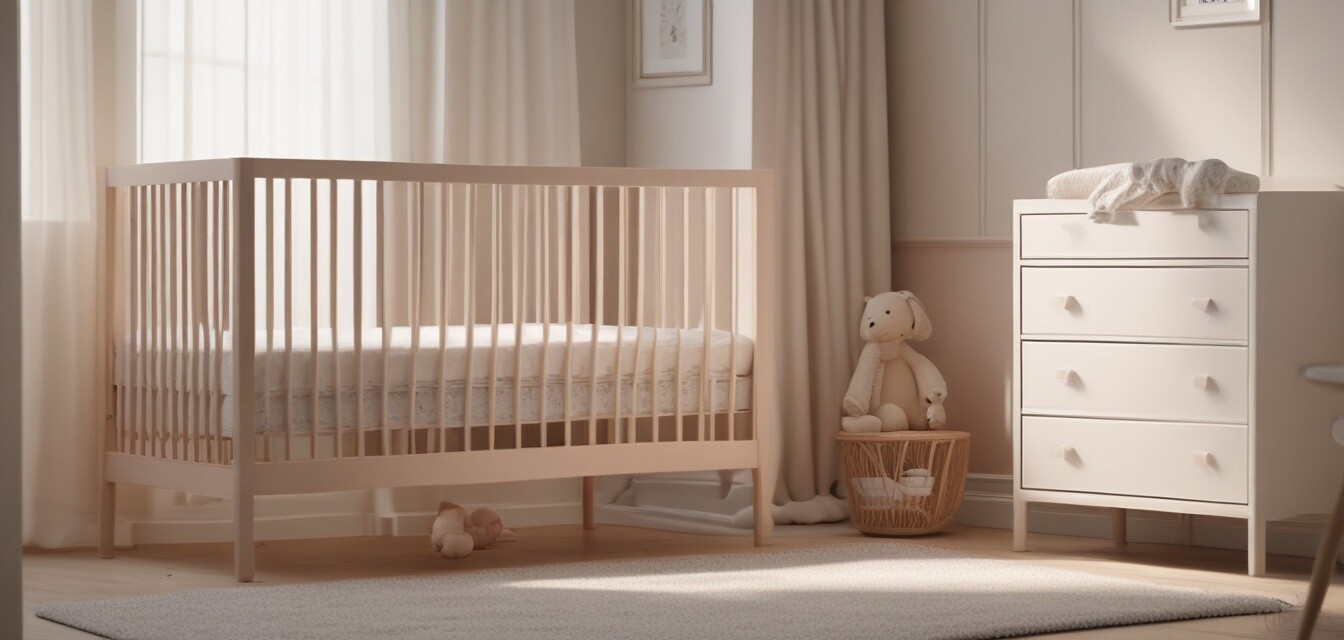
The Importance of Regular Mattress Checks
Key Takeaways
- Regular checks can extend mattress life and maintain hygiene.
- Signs of wear and tear should be addressed promptly.
- Cleaning techniques are essential for maintaining a healthy sleeping environment.
- Replacing cot mattresses when needed is crucial for safety.
- Understanding the right care practices can make a significant difference.
It is essential for parents and caregivers to ensure that their baby's cot mattress remains in optimal condition. Regular checks are crucial for safety and comfort. In this guide, we will discuss how frequently you should check your cot mattress and what signs of wear and tear to look for. Let's delve into the importance of mattress maintenance.
How often should you check your cot mattress?
Regular inspections of your cot mattress can prevent issues that may arise from neglect. Here’s a simple guideline to follow:
| Check Frequency | Area of Inspection | Reason |
|---|---|---|
| Weekly | Surface Inspection | To identify stains, odors, or visible damage. |
| Monthly | Cleaning and Hygiene | To remove dust, allergens, and bacteria. |
| Every 3-6 Months | Structural Inspection | To check for sagging, lumps, or broken seams. |
| Annually | Comprehensive Check | To decide if it's time for a replacement. |
Signs of wear and tear to look for
Checking for signs of wear and tear is crucial for ensuring the safety and comfort of your child. Here are some common signs to look out for:
- Visible Damage: Check for tears, cuts, or holes in the mattress fabric.
- Sagging: A noticeable dip in the mattress may indicate it's lost its support.
- Odors: Unpleasant smells may suggest bacteria or mold growth.
- Allergens: Accumulating dust mites or allergens can pose health risks.
- Stains: Infants can be messy. Stains may indicate deeper hygiene problems.
Cleaning Your Cot Mattress
Cleaning your baby's cot mattress is vital for maintaining hygiene. Here's a straightforward cleaning routine:
Cleaning Tips
- Use a vacuum cleaner with an upholstery attachment to remove crumbs and dust.
- Wipe down with a mixture of warm water and mild soap for stains.
- Leave the mattress in sunlight for a few hours to help eliminate bacteria and odors.
- Always check the manufacturer's label for specific cleaning instructions.
When to replace your cot mattress
Understanding when to replace your cot mattress is key to ensuring optimal safety. Here are some guidelines:
- Replace if it has stains or odors that cannot be cleaned effectively.
- If you notice consistent sagging or lumps, it’s time for a new mattress.
- Consider replacing it after your baby grows into a toddler, typically every 3-5 years.
- Follow the manufacturer's recommendations for lifespan for optimal safety.
Additional resources
For more detailed advice and information on maintaining cot mattresses, check out our other resources:
- Cot Mattress Maintenance Tips
- Breathable Cot Mattresses
- Dual-Sided Cot Mattresses
- Hypoallergenic Cot Mattresses
- Buying Guides for Cot Mattresses
Pros
- Enhancing the mattress's longevity.
- Improving hygiene and comfort.
- Identifying safety issues early.
Cons
- Time-consuming depending on frequency.
- Possible costs related to replacements.
Conclusion
Regular maintenance and checks of your cot mattress can ensure not only its longevity but also the safety and comfort of your little one. Understanding how often to conduct these checks, what to look for, and when to replace the mattress will keep your child’s sleeping environment clean and healthy. For more tips on cot mattress maintenance, visit our blog category on cot mattress maintenance.